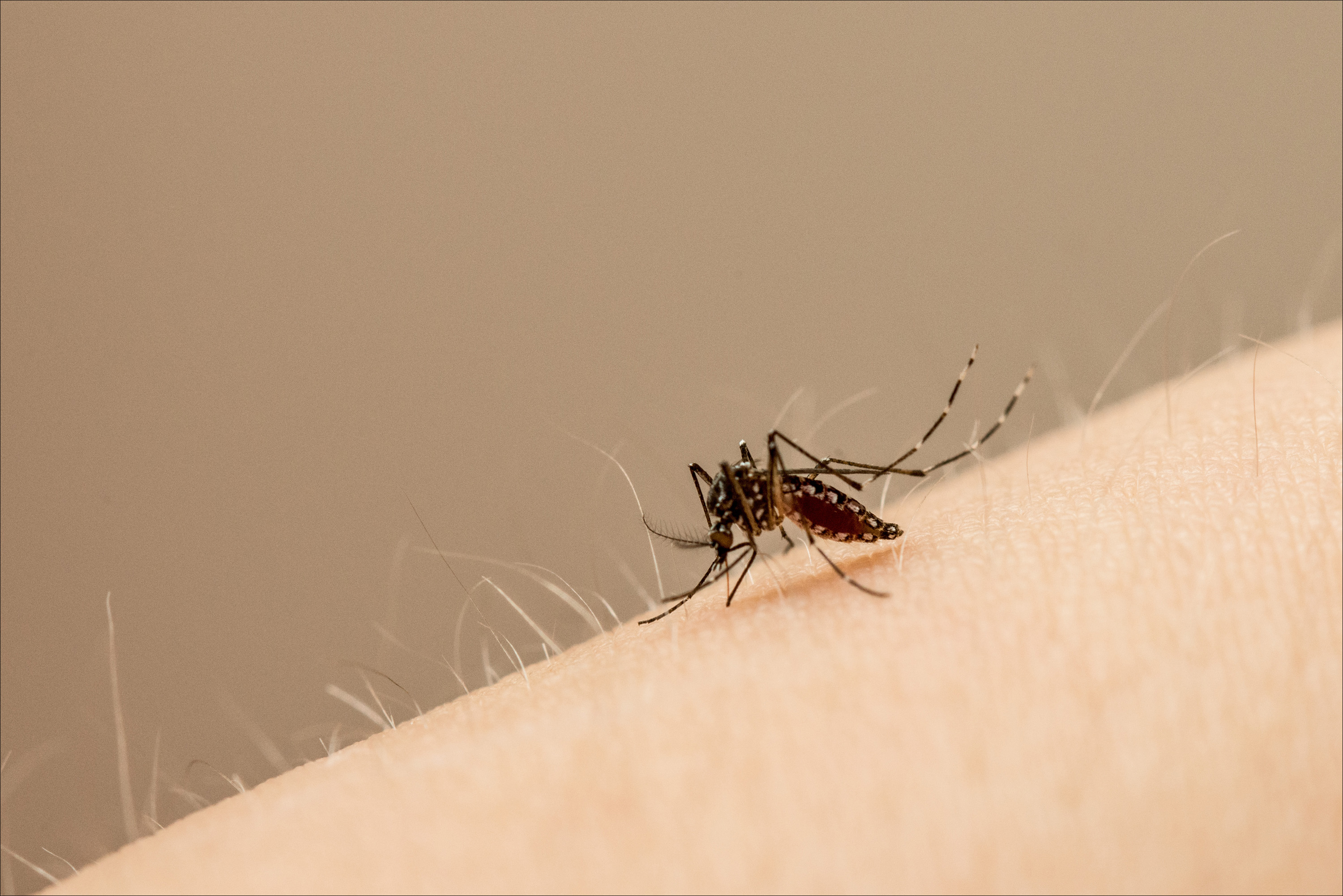Researchers use LAMP for low-cost rapid Zika test
Researchers said they used loop-mediated isothermal amplification, or LAMP, to rapidly detect Zika virus in mosquito and human samples, a process that can be done at a fraction of the cost of current diagnostic tests.
According to the researchers, the LAMP assay was able to detect a single infected mosquito in a pool of 50 noninfected mosquitoes — a sensitivity comparable to real-time RT-PCR, the current preferred method of testing.

However, whereas real-time RT-PCR is done on a machine that can cost between $15,000 and $25,000, the LAMP assay can be used in the field for the cost of a $250 heat block that is run on batteries, Joel Rovnak, PhD, assistant professor of microbiology, immunology and pathology in the college of veterinary medicine and biomedical sciences at Colorado State University.
“With LAMP, you don’t need the sophistication of a machine,” Rovnak said in a news release.
According to Rovnak and colleagues, using a LAMP assay to detect Zika could aid surveillance and mosquito control efforts in resource-limited regions where real-time RT-PCR may not be feasible. They detailed the process in a study published today in Science Translational Medicine.
According to the news release, Rovnak said the process involves squishing a mosquito in water, adding 2 µL of water to a tube and heating it up using a few chemicals and reagents. The sample then becomes cloudy, and the color of the solution changes. According to the release, Rovnak and colleagues saw results within around 30 minutes, although the process can take longer. For their study, they used Zika samples from Brazil, Nicaragua and the CDC’s Division of Vector-Borne Diseases in Fort Collins, Colorado.
“Rapid field tests of individual mosquitoes in addition to pools of mosquitoes will provide an assessment of virus load within the vector population,” Rovnak and colleagues wrote. “Additionally, on-site identification of infected mosquitoes will permit highly focused control efforts. The field assay will increase efficiency and reduce overall cost, allowing an increase in the extent of surveillance in resource-limited settings.”
Zika is primarily spread through the bite of an infected female Aedes aegypti mosquito, but the infection can also be sexually transmitted by both men and women. According to the CDC, there were 5,264 cases of Zika reported in the U.S. as of April 26, including 224 people in Florida and Texas who were infected locally through the bite of a mosquito.

Importantly, Rovnak and colleagues said their LAMP assay was able to distinguish between the Asian lineage of Zika, which can cause birth defects such as microcephaly in infants and central nervous system disease in adults, and the African lineage of the virus, which was discovered in 1947 but has not been linked to serious health issues.
The Asian lineage, which is responsible for the recent outbreak in the Americas, is expected to enter Africa “with uncertain outcomes,” according to Rovnak and colleagues.
“The ability to distinguish Asian and African Zika viruses will make it possible to better understand these outcomes,” they wrote. “The need for rapid and inexpensive detection of the Asian lineage Zika viruses in the Americas is already clear. The distinction [between] Asian and African Zika viruses may also become critical.” – by Gerard Gallagher
Disclosure: The researchers report no relevant financial disclosures.

